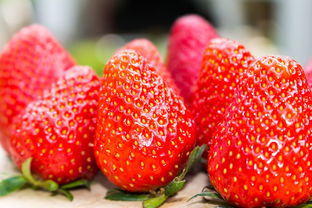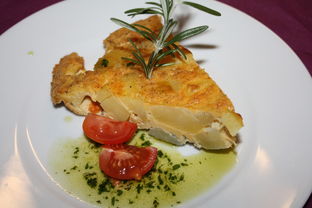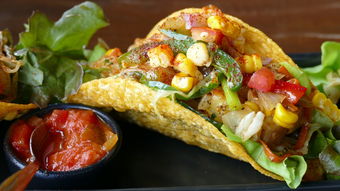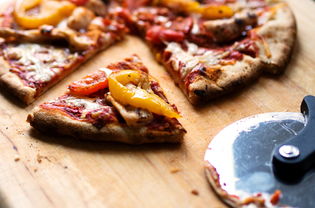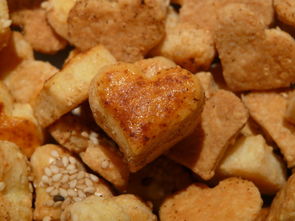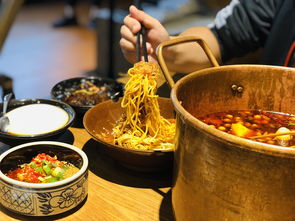Title: Exploring the Culinary Delights of the Dark Ages
In the midst of a plethora of historical events, the Dark Ages were marked by a significant transformation in Europe's culinary landscape. Contrary to common misconceptions, this era was not devoid of delicious and innovative foods. Let's delve into the gastronomic delights of the Dark Ages and explore the rich tapestry of flavors and ingredients that defined this intriguing period.
The Diverse Ingredients and Flavors
During the Dark Ages, the use of diverse ingredients laid the foundation for the development of modern European cuisine. The culinary landscape was characterized by the utilization of a wide array of meats including pork, beef, and mutton, as well as various game animals such as deer, rabbit, and even bear. Fish and seafood also played a vital role in the diet, owing to the proximity to rivers, lakes, and the sea.
The introduction of spices like cinnamon, cloves, and nutmeg added depth and complexity to the flavors, and the use of herbs such as parsley, dill, and mustard seeds further showcased the culinary prowess of the era. The prevalent use of honey as a sweetener and the incorporation of fruits like apples, berries, and pears demonstrated a penchant for both sweet and savory dishes.
Innovative Cooking Techniques
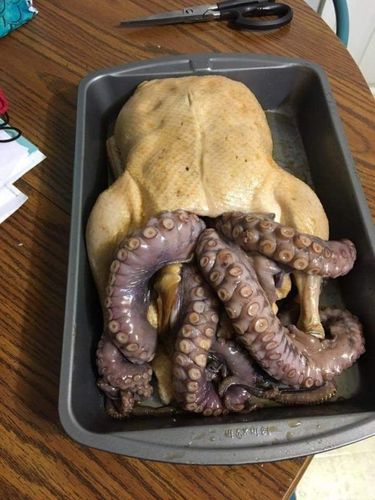
In the absence of modern cooking equipment, the people of the Dark Ages utilized inventive cooking techniques to create mouthwatering dishes. Roasting over an open fire was a prominent method, infusing the food with a distinct smoky flavor. Boiling, stewing, and braising were also popular techniques that allowed for the amalgamation of flavors and the tenderization of tougher cuts of meat.
The advent of stone ovens revolutionized baking, leading to the creation of an assortment of bread and pastries. The use of fermentation gave rise to a variety of alcoholic beverages, including ale and mead, which were an integral part of the culinary culture.
Cultural Influences on Cuisine
The culinary traditions of the Dark Ages were heavily influenced by the intermingling of various cultures and civilizations. The Vikings, for instance, introduced smoked and pickled fish dishes, while the Moorish occupation of Spain brought in an array of spices and new cooking methods that left a lasting impact on European cuisine.
Furthermore, the widespread trade and exchange of goods led to the integration of foreign ingredients and cooking styles, enriching the culinary landscape with a diverse range of flavors and culinary practices.
Modern Perspectives on Dark Ages Cuisine
While the Dark Ages are often associated with a lack of culinary sophistication, a closer examination reveals a rich tapestry of flavors, ingredients, and cooking techniques that laid the groundwork for the development of modern European cuisine. The resourcefulness of the people during this period and their ability to create delectable dishes with limited resources is a testament to the ingenuity and creativity of our ancestors.
From hearty stews to savory pies, the culinary legacy of the Dark Ages continues to resonate in contemporary gastronomy, inspiring chefs and food enthusiasts to rediscover and reinvent ancient recipes with a modern twist.
Guiding Tips for Exploring Dark Ages Cuisine
For those intrigued by the culinary treasures of the Dark Ages, here are a few guiding tips to embark on a gastronomic journey:
1. Research Authentic Recipes: Delve into historical cookbooks and manuscripts to unearth authentic Dark Ages recipes. Experiment with traditional ingredients and cooking methods to recreate ancient dishes.
2. Embrace the Flavors of the Era: Incorporate the bold flavors of spices and herbs that defined Dark Ages cuisine into your modern cooking. Experiment with combinations of honey, fruits, and game meats to evoke the essence of this era.
3. Explore Historical Reenactments and Festivals: Attend historical reenactments and medieval festivals where culinary demonstrations and tastings offer a glimpse into the food culture of the Dark Ages.
4. Visit Historical Sites and Museums: Explore museums and historical sites that showcase artifacts and exhibits related to ancient cooking utensils, food storage, and culinary practices of the Dark Ages.
In conclusion, the culinary heritage of the Dark Ages is a captivating tapestry of flavors, techniques, and cultural influences that continue to inspire and intrigue. By exploring the gastronomic delights of this enigmatic era, we gain a deeper appreciation for the ingenuity and culinary legacy of our ancestors.
With an open mind and a curious palate, one can embark on a remarkable culinary journey through the annals of history, savoring the diverse culinary wonders of the Dark Ages.

